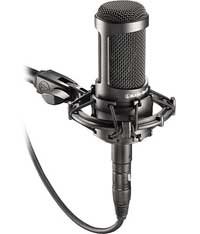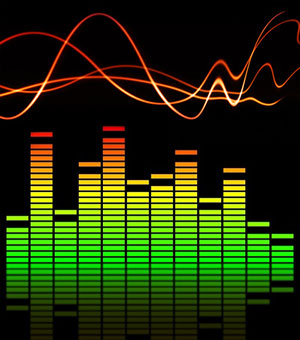 Equalization, or EQ for short, is a fundamental concept in audio recording, live sound, or simply listening to audio. For a primer on what it is, see our article What is Equalization, Usually Called EQ? In order to best understand EQ, it is important that you understand frequencies. Sound is made up of sound waves which are created by air molecules vibrating – moving back and forth.
Equalization, or EQ for short, is a fundamental concept in audio recording, live sound, or simply listening to audio. For a primer on what it is, see our article What is Equalization, Usually Called EQ? In order to best understand EQ, it is important that you understand frequencies. Sound is made up of sound waves which are created by air molecules vibrating – moving back and forth.
The Absolute Basics
A frequency is how fast those air molecules are vibrating, which is measured by how many times they move back and forth, in one second. If the air molecules move back and then forth one time in one second, it has made one cycle, and it took one second to do it. So that particular example has a frequency of one cycle-per-second.
A long time ago, someone decided that a cycle-per-second would be called a Hertz after Heinrich Hertz, the guy who proved the existence of electromagnetic waves. So in our example of air molecules moving back and forth one time per second, its frequency would be one Hertz. And since Hertz is abbreviated as Hz, we say the frequency of that wave is 1Hz.
This Video Will Help Explain Hz and Frequency Stuff
When air molecules vibrate they make noise. Humans can’t hear that sound though until the frequency gets up to at least 20 cycles per second – 20Hz. And we (people) can continue to hear these vibrations as fast as 20,000 cycles per second, at least theoretically. 1,000 Hz is usually abbreviated as 1KHz. So the range of human hearing is described as 20Hz-to-20Khz.
An equalizer (EQ) is basically a whole bunch of volume knobs, each targeting a specific frequency. Since certain types of sounds exist at certain predictable frequencies (for example, a human voice is strongest at about 3KHz), we can use an EQ to boost or turn down the volume of just the frequencies we want. I so wish I’d known about this when I was in a rock band and our PA was always feeding back. The only thing we knew to do was turn everything down with the master volume control until it stopped. If I’d known that the horrible feedback squeal only occurs at very narrow frequencies, we could have used an EQ to ONLY turn down the frequencies where the feedback was happening and left everything else as loud as we wanted – which, for a bunch of guys in a rock band was pretty loud:).
Here is an article about equalizers and frequency that is subtitled The More You Know, The Better It Sounds. The article goes into a lot of detail and technial specs of what EQ is and how you can use equalizers to fix problems and improve audio. If you want a deep dive into this topic, you can check it out here: http://www.dak.com/reviews/tutorial_frequencies.cf
 Here are some stocking-stuffer ideas for home recording enthusiasts – small but awesome pieces of audio recording equipment that will definitely put a smile on the face of anyone who works with audio, home studio or not. Check out these ideas for Christmas Morning smiles:
Here are some stocking-stuffer ideas for home recording enthusiasts – small but awesome pieces of audio recording equipment that will definitely put a smile on the face of anyone who works with audio, home studio or not. Check out these ideas for Christmas Morning smiles: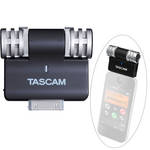

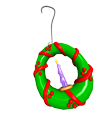

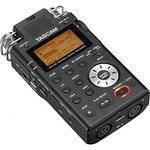


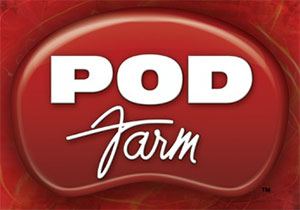
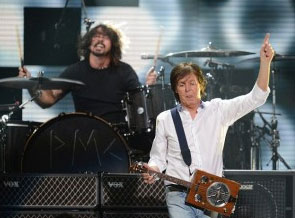 Paul McCartney played a very odd guitar on the December 15th episode of Saturday Night Live during his performance with surviving members of Nirvana. It was a Cigar Box guitar (or CBG for short). The body is a large cigar box with a resonator in it, which makes it perfect for playing slide guitar. The other odd thing was that it only had 4 strings. A little research showed that cigar box guitars are commonly made with only 3 or 4 strings.
Paul McCartney played a very odd guitar on the December 15th episode of Saturday Night Live during his performance with surviving members of Nirvana. It was a Cigar Box guitar (or CBG for short). The body is a large cigar box with a resonator in it, which makes it perfect for playing slide guitar. The other odd thing was that it only had 4 strings. A little research showed that cigar box guitars are commonly made with only 3 or 4 strings.